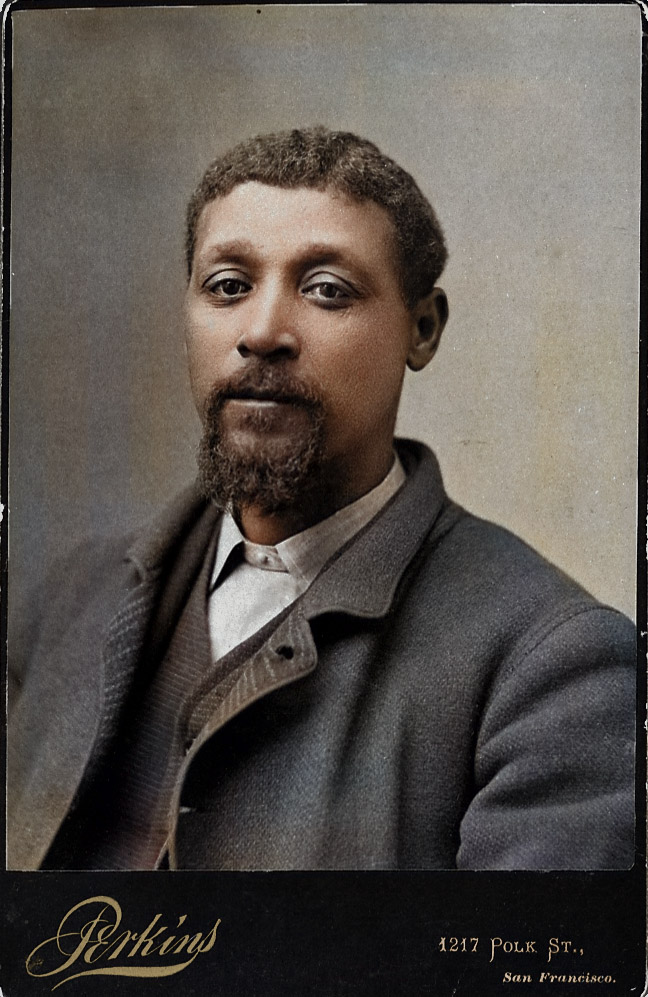YOSEMITE STAGE DRIVER
The Life and Times of George Monroe and His Family
By Tom Bopp
“Just as there are the greatest of soldiers and sailors, artists and mechanics at times
so there are greater stage drivers than their fellows and George Monroe was the greatest of all.”
– A.H. Washburn, Supt., Yosemite Stage & Turnpike Company
The Life and Times of George Monroe and His Family
By Tom Bopp
“Just as there are the greatest of soldiers and sailors, artists and mechanics at times
so there are greater stage drivers than their fellows and George Monroe was the greatest of all.”
– A.H. Washburn, Supt., Yosemite Stage & Turnpike Company


CHAPTER III - EXCERPT
It is around this time that George Monroe is reported to have been employed by Washburn. Henry Washburn and German immigrant Herman Schlageter were likely old friends, said to have shared a cabin during their younger years. A corner of Schlageter’s Hotel was occupied by Louis Monroe’s tonsorial parlor, so there’s a good chance that Monroe was Washburn’s barber. Amid the lively ambiance of Schlageter’s “commodious barroom” amid the scent of bay rum and tobacco smoke, Louis might have been applying final touches to Washburn’s beard while apprising him of young George’s special talent for horses. Or it may be that George was already making a name for himself, perhaps helping out at local livery stables. According to a later article:
“ … [George Monroe] entered the employment of A. H. WASHBURN & CO., as a Yo Semite guide in 1866. In 1868 he commenced driving stage for the same company ….” [i]
It is more likely that Monroe was hired by Washburn in 1867. Washburn doesn’t appear to have entered the Yosemite tourism business until that year, and though he ran “carriages and buggies,” Monroe would have to wait until 1869 for Washburn to start running stages.
In his first job as a guide for Washburn & Cook, George Monroe was one of at least four employees who would carry travelers by carriage and then by saddle-train through Yosemite and the Mariposa Grove. Monroe’s fellow guides in 1867 were named in the Mariposa Mail: J. H. Wilmer, James Ridgway , and a man identified only as “Parteta.” From scant data such as this, and occasional reports of vehicles used or purchased by the company, it would appear that Washburn and Cook may have started out with fewer than a dozen wagons of various description, and perhaps half that many drivers or guides. These numbers would, of course, increase with demand.
[i] Mariposa Gazette, November 27, 1886, pg. 3-4, col. 3.